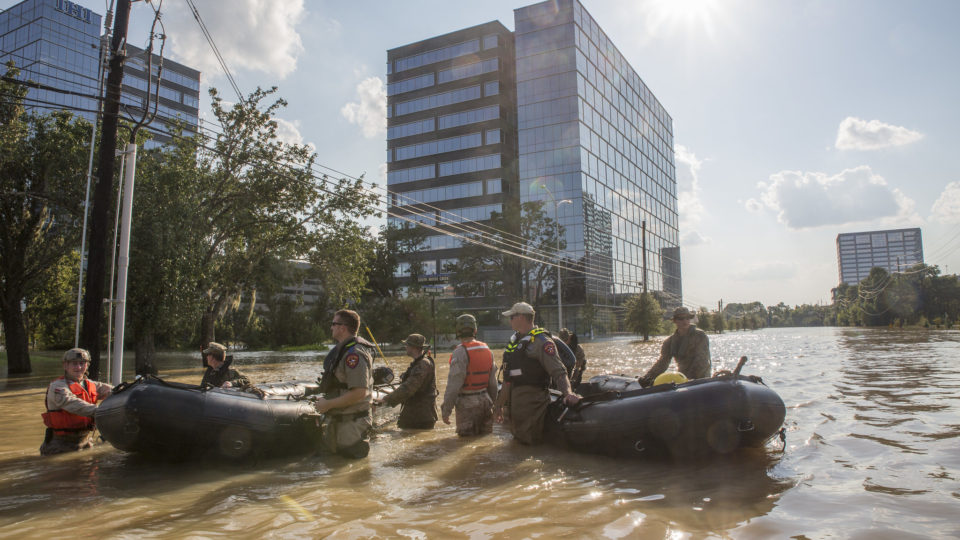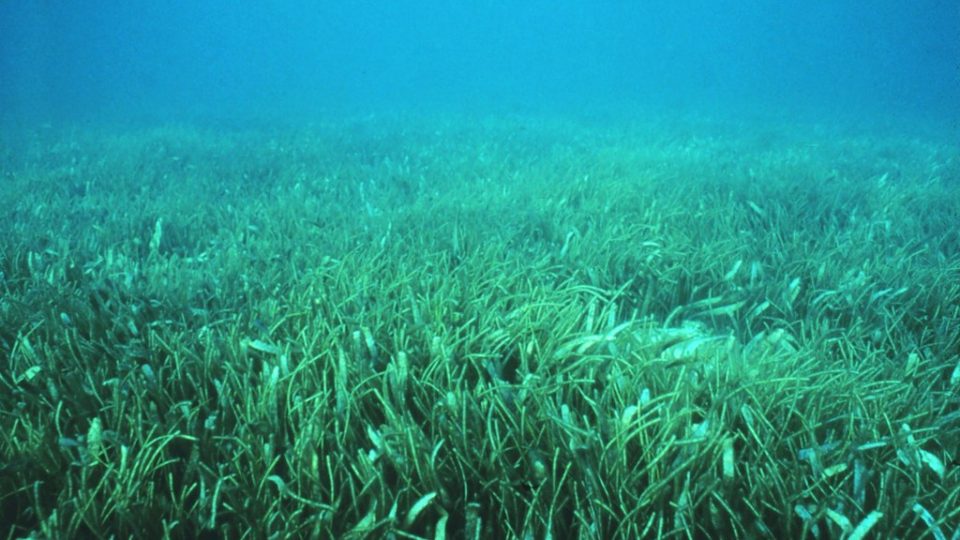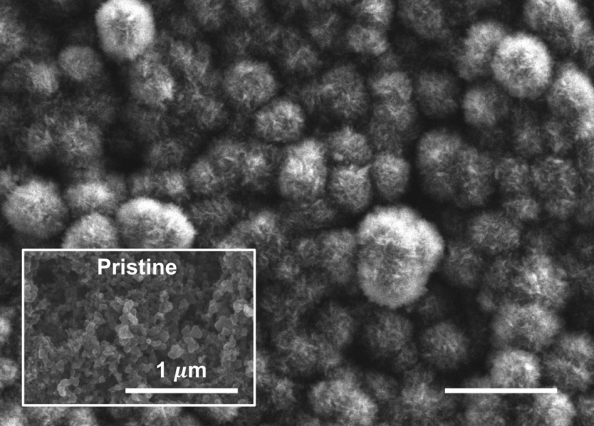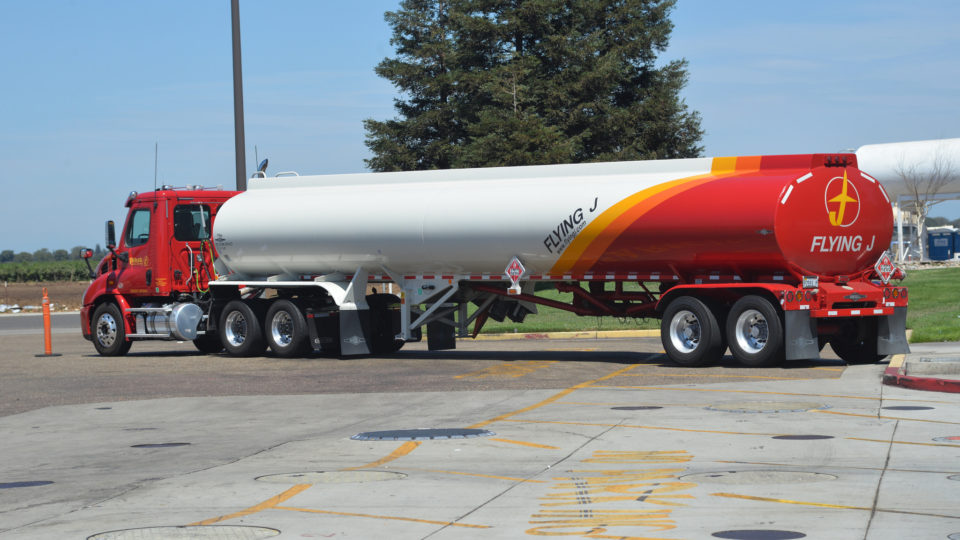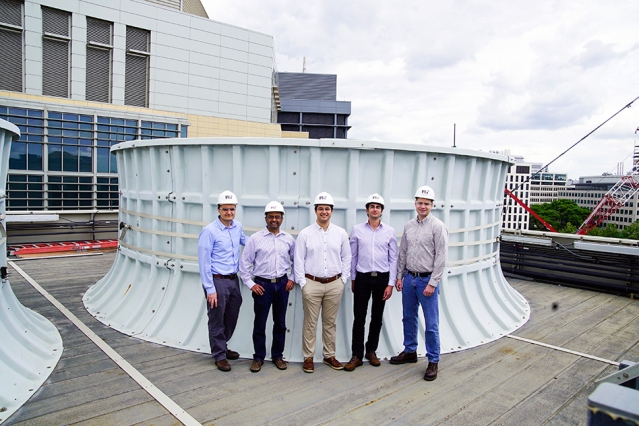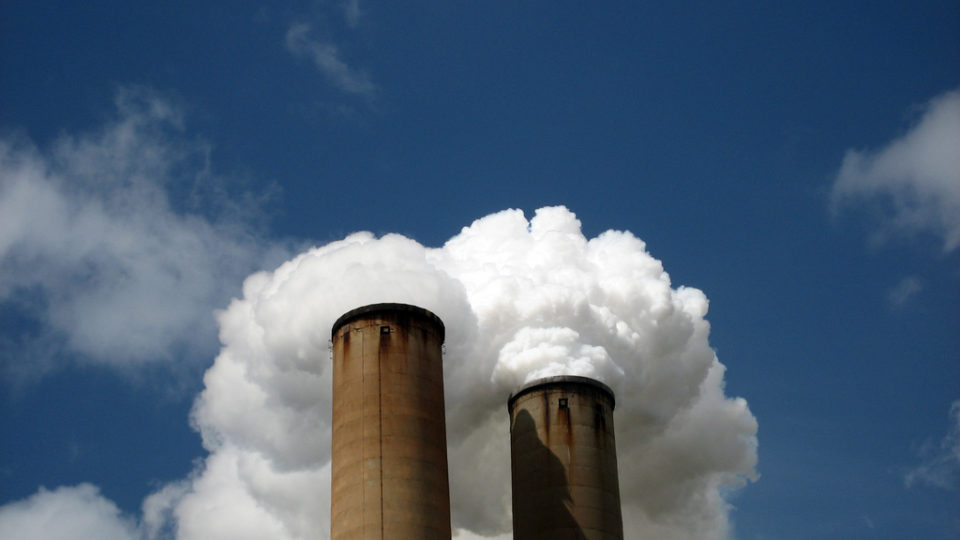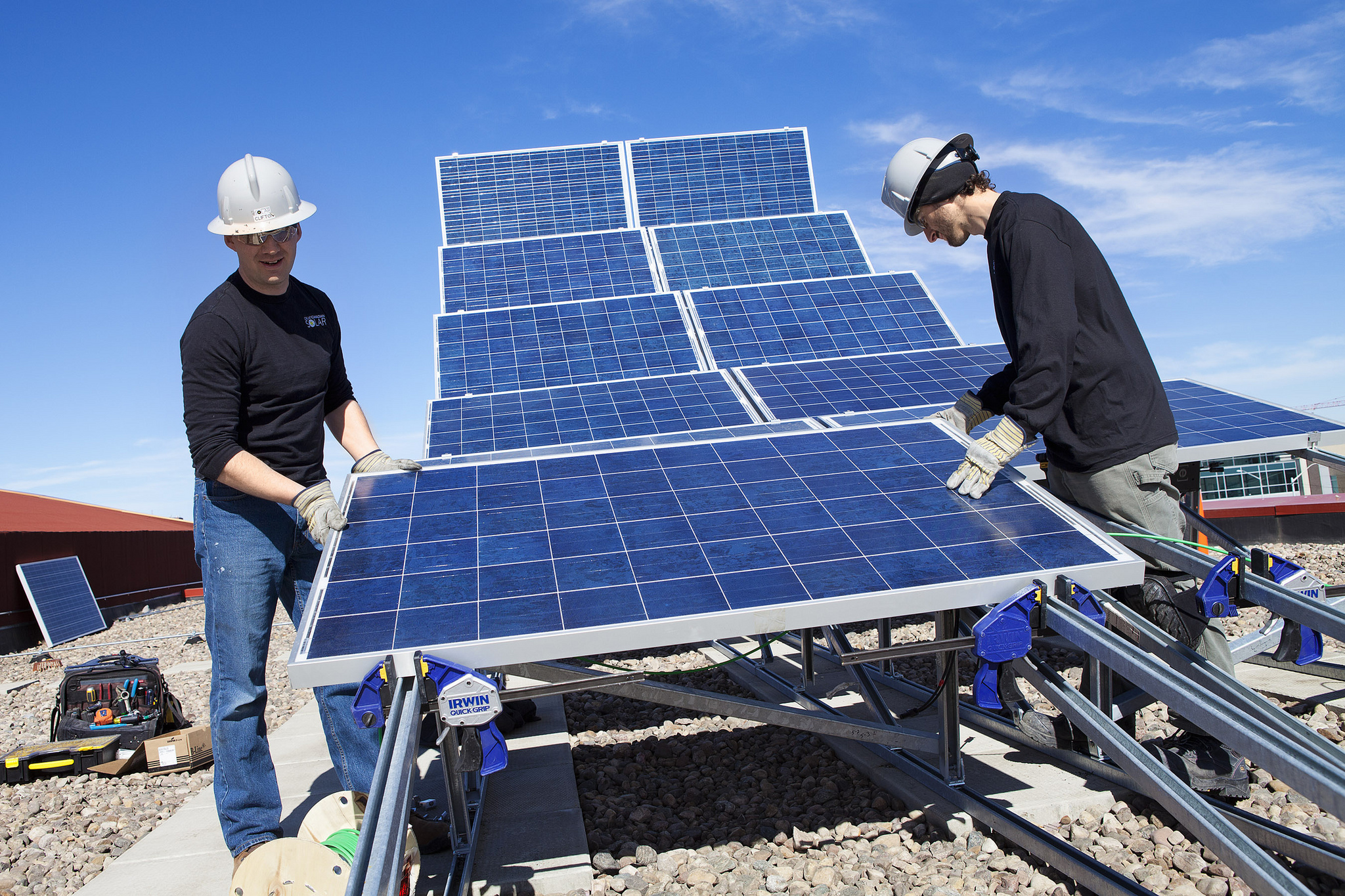It is pretty clear that the way to drastically reduce vehicle greenhouse gas emissions is to switch as many vehicles as possible to electric power. As a result, more and more localities are putting in place policies that encourage electrification.
While there is no doubt that electrification is the long-term solution to vehicle emissions, a recent study by MIT and the Ford Motor Company found that, in the short term, there are some places in the US where electric cars are not the best way to reduce emissions.
The study looked at a variety of factors that affect the relative performance of vehicles. These include the role of low temperatures in reducing battery performance, regional differences in the average number of miles driven annually, and significant differences in the way electricity is generated in different parts of the US.
The results showed that electric vehicles definitely provide the greatest impact in reducing greenhouse gas emissions for most of the country – and particularly on both coasts and in the south – but that there are some places in the upper Midwest where the greatest reduction would be achieved by the use of lightweight gasoline-powered vehicles.
In places like parts of Wisconsin and Michigan, it is mostly rural, there are cold winters, and electricity is predominantly generated by coal-powered plants. In these places, if gas-powered lightweight cars were to be used, the overall benefit would be greater than that of electric cars. Unfortunately, there are no high-volume lightweight gasoline-powered mid-sized cars on the market in the US. Ironically, the only cars of that class using lightweight aluminum construction are Teslas.
While electric cars are truly the long-term solution, the study does demonstrate the benefits of reducing the weight of vehicles.
**********
Web Links
What’s the best way to cut vehicle greenhouse-gas emissions?
Photo, posted February 9, 2018, courtesy of Dave Field via Flickr.
Earth Wise is a production of WAMC Northeast Public Radio.

